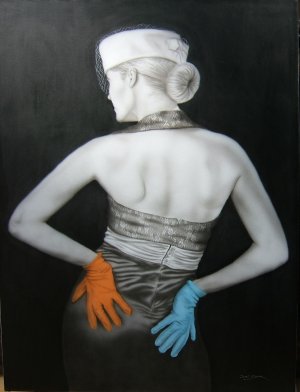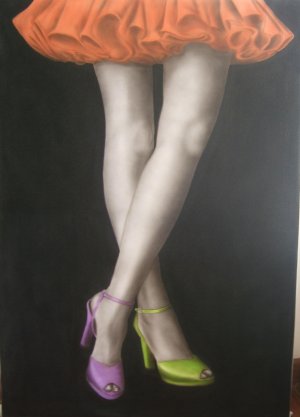K
kelonio
Guest
Hi all,
need serious help on this one : )....i ussualy do monochrome (b/w) paintings...but moving now to color....when painting objects; i Will like to know the best way to reach a "realistic" look in color.
Shall i do first a monochrome (say in sepia) and then add the colors? or shall i do the lets say, the same process like in Denisse´s face? (strait color to the canvas).
Lets say you are doing a cloth with folds and some wrinkles...how shall i do it? gulp!!! with monochrome first and then what kind of colors? Or strait color to canvas?..transparents, buffered, opaques?...which order?
All help and answeres will be of great value...please be explicative.
Thanks a lot in advance and sorry my poor english.
need serious help on this one : )....i ussualy do monochrome (b/w) paintings...but moving now to color....when painting objects; i Will like to know the best way to reach a "realistic" look in color.
Shall i do first a monochrome (say in sepia) and then add the colors? or shall i do the lets say, the same process like in Denisse´s face? (strait color to the canvas).
Lets say you are doing a cloth with folds and some wrinkles...how shall i do it? gulp!!! with monochrome first and then what kind of colors? Or strait color to canvas?..transparents, buffered, opaques?...which order?
All help and answeres will be of great value...please be explicative.
Thanks a lot in advance and sorry my poor english.



